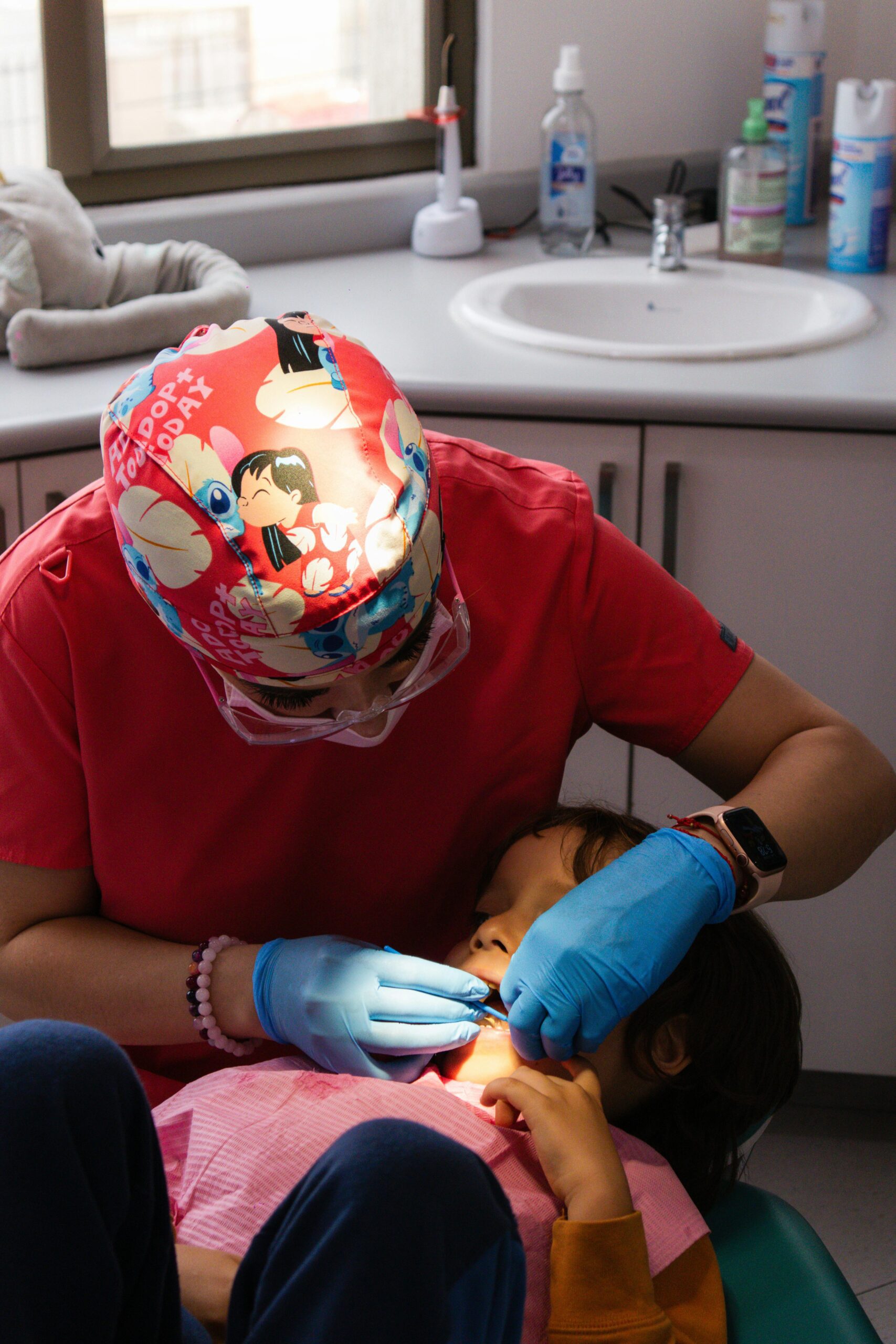By Genevieve Fox
They are found in the food we eat, and the water we drink. Microplastics are small plastics, about the size of a human hair, that are found in our environment due to being broken down and discharged through various processes from industrial productions to daily activities, such as opening a plastic bag of snacks or running a washing machine. Studies show that packaging for packaging makes up 40% of our plastic production.
Dr. Yoorae Noh is an assistant professor at the Michigan State University School of Packaging. Her research background is in civil and environmental engineering. During her PhD, she learned about the environmental impacts of plastic lining manufacturing and its chemical emission issues. This leads her to her current research, which focuses on plastic degradation and how to treat plastic waste.
Can you explain the process of how microplastics end up in our waterways?
There are two types of microplastics. Primary microplastics are designed intentionally to be made to a microscopic size for various purposes in cosmetic or personal care products. Secondary microplastics are fragmented small pieces that have broken down from larger plastic products. These can be broken down through oxidation, biodegradation, or mechanical action.
These microplastics can be released directly into our waterways or derived from the degradation of large plastics. For example, untreated wastewater can introduce this kind of plastic and microplastics into our water system. Rainfall runoff, or surface runoff can carry those microplastics from the land or the atmosphere into the waterways. Or if there’s any large plastic debris in the water, it can be broken down and become a microplastic.
When we track down the source of microplastics, it varies. The largest source is synthetic textile, which makes up 35% of microplastics. Tires are also a large source of microplastics, which make up 25%. Others include plastic residue or agriculture-based plastic like fertilizers.
We are using plastic everywhere, so we can generate microplastics everywhere.
What does plastic waste management currently look like?
Once we generate plastic waste, it is either recycled, incinerated, or dumped into a landfill or environment. So globally we are generating about 8,300 million tons of plastic annually. We are also producing around 6,300 million tons of plastic waste every year. Among this waste, only 9% of this waste is recycled. 15 % of it is incinerated, meaning over 50% of plastic waste is in landfills or the environment. And, more than 22 million pounds of plastic waste are entered annually into the Great Lakes.
When talking about the waste management process, recycling could be a key to solving our plastic management. USEPA (United States Environmental Protection Agency) also announced a few years ago that they are going to increase our recycling rate up to 50% by 2030. Many US states have started to mandate or propose bills to control plastic waste and plastic pollution and apply the EPR concept. EPR means Extended Producer Responsibility. This past July, Michigan introduced an EPR Bill (HB 5902) which would look at reducing packaging waste in the state. However, technology is still developing to improve the accuracy of treating, collecting, and reclaiming these plastics.
I want to emphasize registration. The registrations about plastic recycling or plastic pollution vary from state to state and country to country. There is no consistent regulation. Since there is an inconsistency in regulation across all the states, that makes it more difficult for plastic waste management beyond this technology limitation.
You mention you want to work, especially with experts in heavy metals, what is the connection between microplastics and heavy metals?
Plastic can absorb and concentrate other pollutants, increasing its toxicity. Microplastics can absorb heavy metals, or PAHs (Polycyclic aromatic hydrocarbons) which are then spread throughout our ecosystem. However, we are still figuring out how they can absorb these toxins and the rate of absorption between the heavy metals and microplastics.
How do microplastics impact human health and the health of our water systems?
They may block the sunlight to the ocean. Plastic is suspended in the ocean and are floating like a big garbage patch. The Great Pacific Garbage Patch is 1.6 million square kilometers in size, and it is rapidly growing. It’s roughly twice the size of Texas or three times the size of France.
There is also evidence that a lot of fish, including salt and freshwater species, have microplastics in their guts. When we eat fish, which is contaminated with the pollutants found in plastics, it may ruin our immune system. It will change our metabolism.
When we think about the toxicity of these microplastics, we have to think about what types of plastics we are using, what kind of additives are added to the processing of these plastics, and what is their basic chemical property. That’s why we have to do more research into these toxicity studies to really understand how they impact the health of our environment and human health.
What are our current solutions to reducing microplastics?
This is a critical question, especially right now because there is some misunderstanding about the pollution control solutions. Some people claim that stopping the production of plastic is the only way we can save the earth or some say that when we increase recycling, we can reduce the microplastics. But I want to clarify those statements.
First, we cannot stop using plastics in our society. Second, we cannot sharply increase our recycling rate using the current infrastructure, technology, and registration.
To reduce these microplastic and plastic-derived issues, we need to frame out a very comprehensive waste management practice and registration. There are 4 broader aspects we can do:
- Identify Microplastic Sources and their Pathways: We still don’t have a standardized method to identify the microplastics in water, soil, and atmospheric environments.
- Control the Discharge Outlet: Microplastics can be transmitted from the land-based outlets. For example, when we control and monitor the stormwater outlets to the waterside, we can reduce the amount of microplastics discharging into the ocean.
- Reduce the Plastic that Follows the Linear Economy: We should achieve a circular plastic economy, not a linear economy. Reducing single-use plastic is a part of circular economy so I don’t want to say circular economy equals reduced single-use plastic usage. The desired plastic economy is a closed carbon and plastic loop, simply saying zero waste cycle. The efforts include developing biobased plastic, reducing single-use plastic, develop/implementing upcycling/recycling technology/system/practice.
- Educate People: It’s always important to raise the public’s awareness while guiding people on how to recycle because there’s a lot of misunderstanding about this issue.
Reprinted from Michigan State University.




